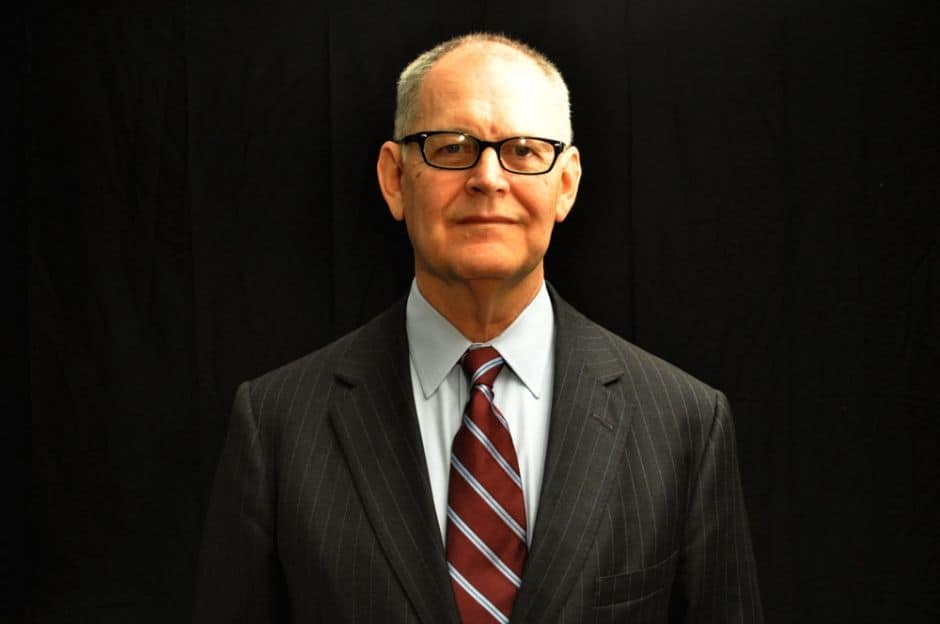Introduction
If I were trying to persuade the Supreme Court later this month that Obamacare should not be declared unconstitutional, I would tell the story of the woman who was the original named plaintiff in the lawsuit filed by the National Federation of Independent Business, one of the fiercest critics of the health care reform law.
The NFIB thought it had found the perfect person when one of its members, Mary Brown, a 56-year-old owner of an automobile repair shop in Panama City, Florida, volunteered to lend her name to the lawsuit.
Brown was outspoken in her belief that Congress had gone beyond what the U.S. Constitution allows when it included in the reform law a requirement that, beginning in 2014, most Americans will have to obtain health insurance or pay a fine to the IRS. She said she was uninsured and was that way by choice.
“She firmly believes that no one should have the right to tell her she has to use her own money to pay for health insurance,” Karen Harned, executive director of the NFIB legal center, said when the NFIB filed its lawsuit in 2010.
She turned out not to be such a perfect choice after all.
Last year Brown shuttered her business and filed for personal bankruptcy. Among her debts: nearly $4,500 in medical bills. More than $2,000 of that was owed to the Bay Medical Center in Panama City. The rest was to doctors in Florida, Alabama and Mississippi.
The NFIB had to scramble to find another small business owner to replace Brown’s name at the top of the lawsuit. It settled on Kaj Ahlburg, a retired New York investment banker who now lives in Port Angeles, Washington.
Here’s why I would make sure that Brown’s unfortunate turn of events was brought to the high court’s attention: It is people who have decided not to buy coverage — but who nevertheless get sick or injured and seek medical care when they do, even if they don’t have the money to pay for it — that make health insurance so expensive for the rest of us. And it is why the cost of coverage has become completely unaffordable for millions of other Americans who, unlike Mary Brown, really want it and know they need it.
While Brown says it was not just the unpaid medical bills that forced her and her husband into bankruptcy, the fact is that more than 60 percent of people who file for personal bankruptcy in this country do so at least in part because of medical debt. That doesn’t happen in any other developed country in the world.
I called the Bay Medical Center to find out if any of their other patients had been unable to pay for the care they received there, even some of their insured patients.
It turns out that that one hospital gets stuck with $30 million in uncompensated care every year. Spokeswoman Christa Hild told me it had become such an unsustainable situation that Bay Medical Center has decided that it can no longer make it as a stand-alone hospital.
“We have had to look at different business models,” she said.
What Bay Medical Center has had to do is to give up its autonomy and affiliate, in a joint venture arrangement, with other hospitals in the area.
Health insurers often complain that one of the chief reasons why they are having a difficult time at the negotiating table with hospitals these days is because of consolidation. Well, the reason for that consolidation is that, because of the exploding problem of uncompensated care, hospitals have no choice but to consolidate. Well, they actually do have another choice: close. Which is what many hospitals have had to do because they could not find a willing partner with which to affiliate.
It is not truly accurate, of course, that that $30 million a year in uncompensated care at Bay Medical Center is, indeed, uncompensated. Somebody has to pay for it. And guess who that is? It is all of us. Even Mary Brown. She and the rest of us cover that uncompensated care either through higher taxes to support the Medicare and Medicaid programs or through higher health insurance premiums. The care that presumably is “absorbed” by the hospitals is, in reality, being absorbed not by those facilities but by us. This is what the term “cost shifting” is all about.
And this irrational way of paying for that so-called uncompensated care has us locked into a dysfunctional system in which costs for both the insured and the uninsured keep spiraling upward.
The most recent National Health Interview Survey by the Centers for Disease Control makes that abundantly clear. According to the CDC’s survey, released last week, one in three Americans say their medical bills are a “financial burden.” And it is not just the uninsured. More than a fourth of those with private insurance said they were struggling with medical debt. That’s because insurers and employers are shifting more and more of us into limited benefit or high-deductible plans. Why? Because of the absurd cost-shifting that is the hallmark of the U.S. health care system.
If just one relatively small hospital in Panama City, Florida has $30 million in “uncompensated” care every year, think of what the total amount is for all hospitals and doctors in this country.
Now do you see why we have to get everybody covered? Mary Brown might have avoided paying those medical bills by filing for bankruptcy, but that doesn’t mean the rest of us are off the hook.
Read more in Health
Wendell Potter commentary
ANALYSIS: Lack of leadership at the top of corporate ladder
Health insurers or investment banks, the values are still misplaced


Join the conversation
Show Comments